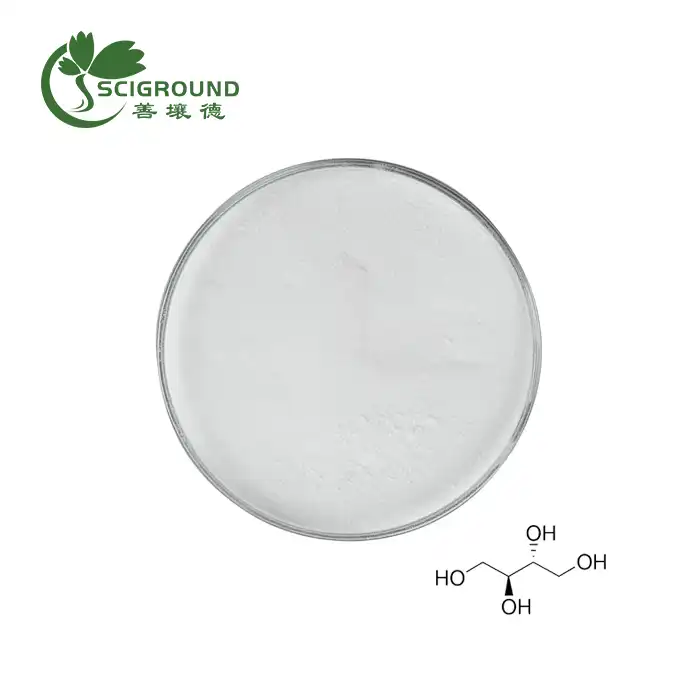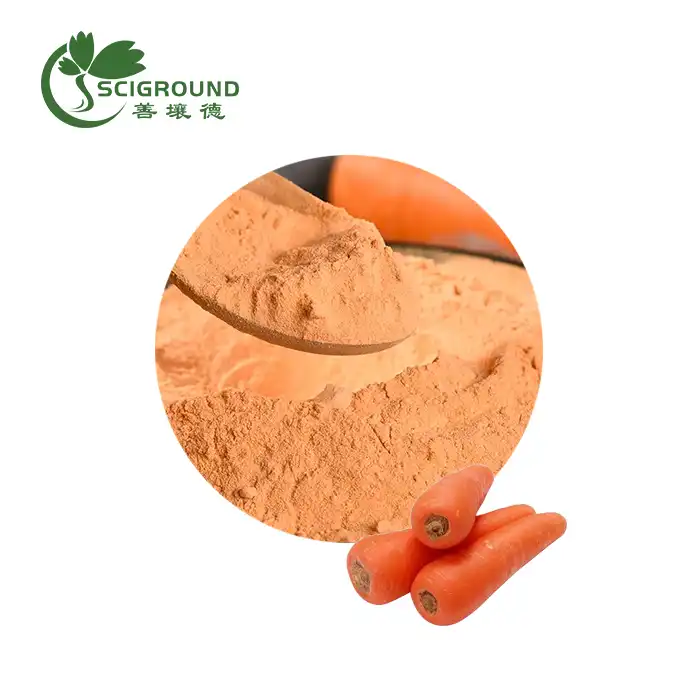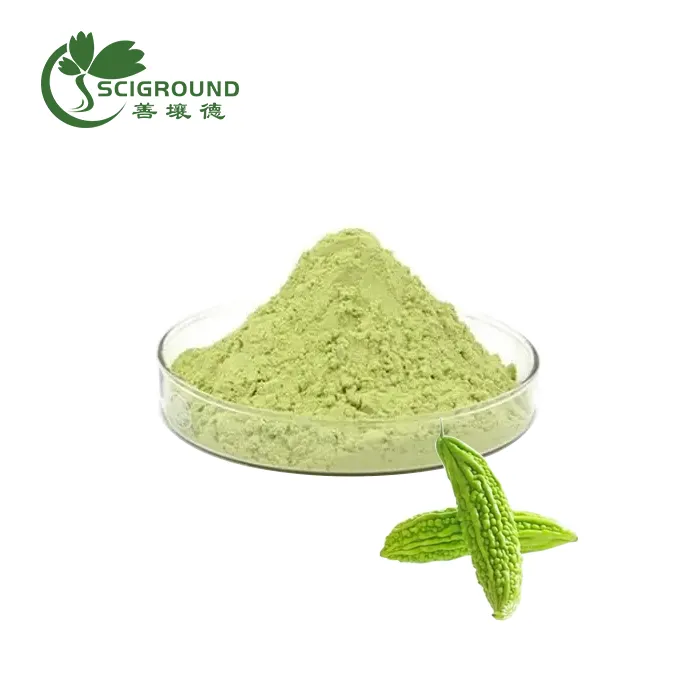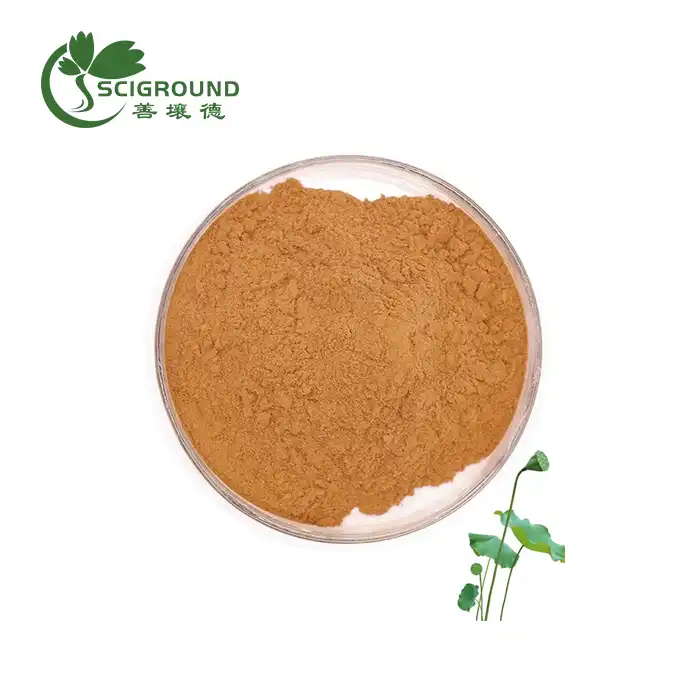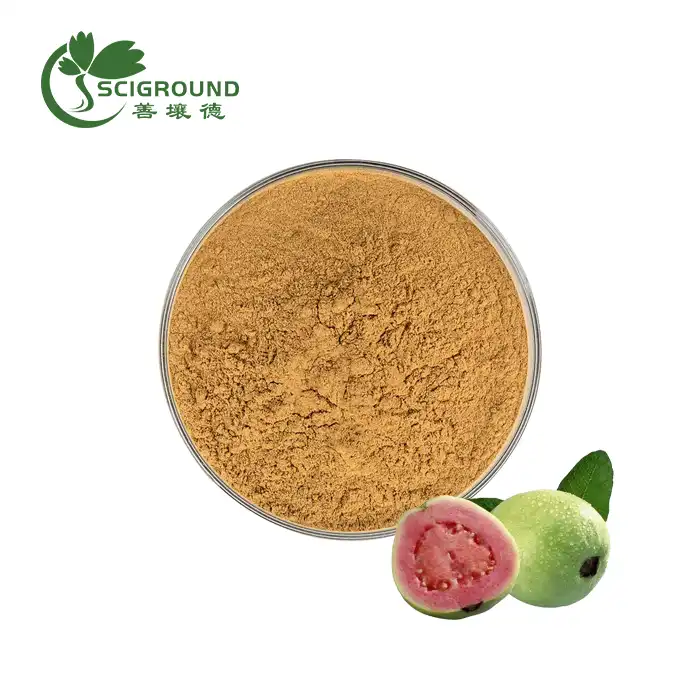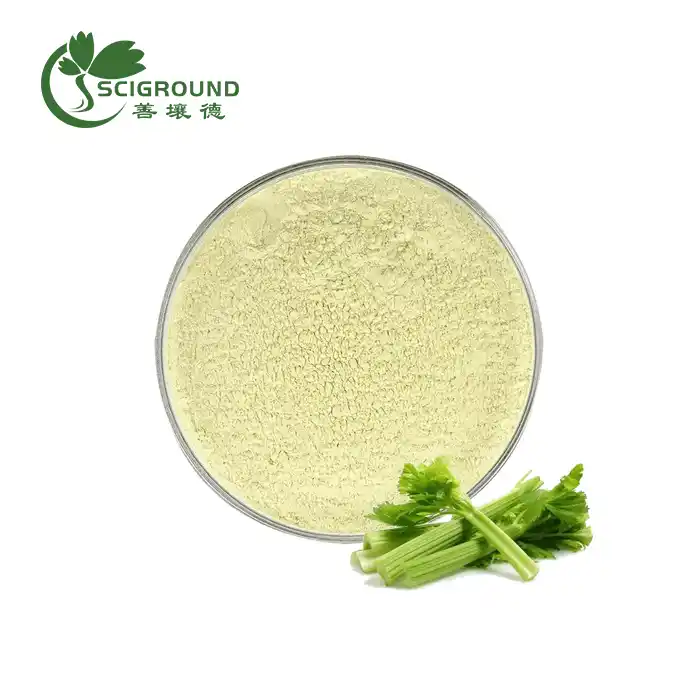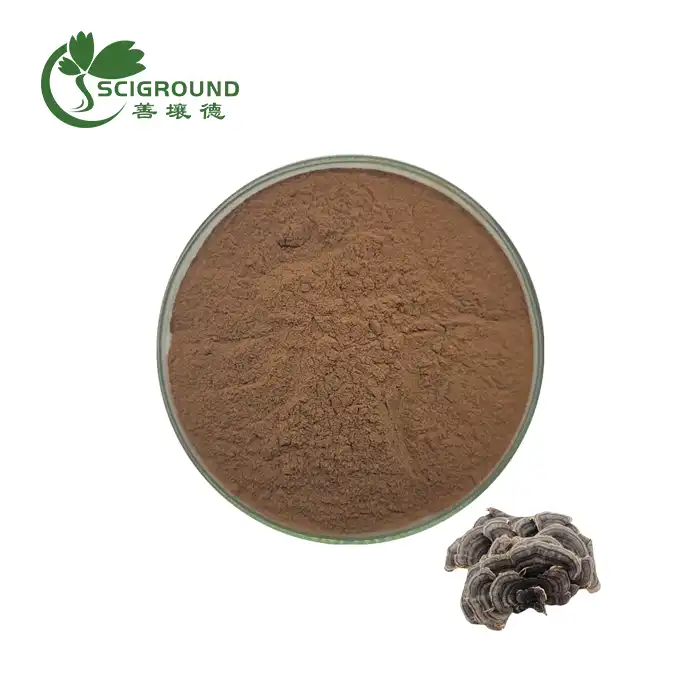How to Make Alfalfa Extract
In the pursuit of holistic health and wellness, exploring the creation of herbal extracts at home has become an engaging endeavor for many. Among the myriad of plant-based options, alfalfa, with its rich nutrient profile and historical use, emerges as a compelling candidate for DIY extraction.
Understanding the Essence:
Alfalfa (Medicago sativa), a perennial flowering plant, has been cherished for centuries for its versatility and nutritional content. Packed with vitamins, minerals, and chlorophyll, alfalfa is recognized for its potential to support various aspects of well-being.
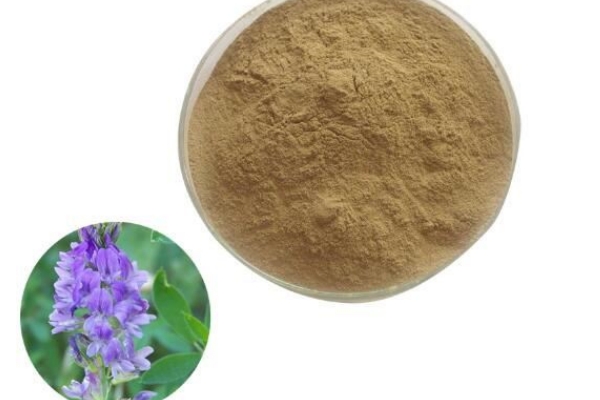
Why Make Alfalfa Extract?
Crafting your own alfalfa extract allows you to harness the plant's goodness in a concentrated form. Whether for nutritional supplementation, herbal remedies, or incorporating its benefits into your skincare routine, homemade alfalfa extract provides a personalized touch to your wellness journey.
Simple Steps, Rich Rewards:
Embarking on the journey to create alfalfa extract is surprisingly simple. With just a few ingredients and a bit of patience, you can capture the essence of this remarkable plant. In this guide, we'll walk you through the step-by-step process, empowering you to unlock the potential of alfalfa in the comfort of your own kitchen.
Join us on this exploration of nature's bounty as we delve into the art and science of crafting alfalfa extract—an endeavor that not only connects you with the wisdom of traditional herbalism but also allows you to infuse your daily life with the vitality of this extraordinary plant.
How do you make alfalfa fermented plant extract?
In this blog post, we will guide you through the process of making alfalfa fermented plant extract. Alfalfa extract is a powerful organic fertilizer that can provide essential nutrients to your plants and improve their overall health and growth. Fermenting alfalfa helps break down the organic matter and increases the availability of nutrients for plants to absorb. Here's how you can make your own alfalfa fermented plant extract:
Step 1: Harvest and prepare the alfalfa
Start by harvesting the alfalfa when it reaches the flowering stage. Cut the alfalfa stems into small pieces to facilitate the fermentation process. Make sure to remove any weeds or unwanted materials from the harvested alfalfa.
Step 2: Fermentation
Place the cut alfalfa in a large container or bucket. Add water to cover the alfalfa completely. For every kilogram of alfalfa, add 10 liters of water. It is important to use non-chlorinated water to avoid any adverse effects on the fermentation process.
Cover the container with a breathable lid or cloth to allow air circulation. Stir the mixture every day to ensure proper oxygenation. The fermentation process takes about 10-14 days, depending on the ambient temperature. The mixture will start to emit a slightly sour smell.
Step 3: Straining and storage
After the fermentation period, strain the liquid carefully using a fine mesh or cheesecloth. Collect the strained liquid in another container, making sure to remove any solids. The strained liquid is the alfalfa fermented plant extract.
Store the extract in a dark, cool place to prevent degradation. It is best to use it within a few months for optimal effectiveness.
How do you make alfalfa liquid toxin?
Alfalfa liquid toxin, also known as alfalfa tea, is an excellent natural toxin for shops. It provides a rich source of nutrients and minerals that can boost factory growth and ameliorate soil health. Then is a simple system to make alfalfa liquid toxin
Step 1 Gather the accoutrements
Collect fresh or dried alfalfaleaves.However, let it dry in a shadowed area for a many days until it reaches a slightly crisp texture, If using fresh alfalfa.
Step 2 Prepare the fertilizing result
Fill a vessel with water, rathernon-chlorinated. For every kilogram of alfalfa, use 10 liters of water. You can acclimate the amounts depending on the size of your vessel and the quantum of toxin you need.
Add the alfalfa leaves to the water and let the admixture steep for about 24- 48 hours. Stir sometimes to enhance the birth process.
Step 3 Strain and operation
Once the steeping period is over, strain the liquid using a fine mesh or cheesecloth. Dispose of the solids or use them as mulch in your theater .
The simulated liquid is now your alfalfa liquid toxin. Adulterate it with water in a rate of 110( fertilizerwater) before applying it to your shops. Apply the toxin to the root zone or as a foliar spray to give your shops with the important- demanded nutrients.
How do you prize triacontanol from alfalfa?
Triacontanol is a natural factory growth hormone set up in alfalfa. It can enhance factory growth, increase yield, and ameliorate stress forbearance. rooting triacontanol from alfalfa involves a simple process using alcohol as a detergent. Then is how you can do it
Step 1 Preparation
Collect fresh or dried alfalfaleaves.However, let it dry in a shadowed area for a many days until it reaches a slightly crisp texture, If using fresh alfalfa. Grind the alfalfa leaves into a fine greasepaint to increase the face area for birth.
Step 2 birth
Place the finely base alfalfa greasepaint in a glass vessel and add a suitable alcohol detergent, similar as ethanol or methanol, to cover the alfalfa fully. The rate of alfalfa to alcohol should be around 110( by weight).
Seal the vessel and let it soak for at least 48 hours, shaking sometimes to prop the birth process. The alcohol will prize the triacontanol and other bioactive composites from the alfalfa.
Step 3: Filtration and concentration
After the extraction period, filter the mixture using a coffee filter or a fine mesh to separate the liquid from the solid residue. Collect the liquid extract in a separate container.
To concentrate the extract, gently heat it in a water bath or on a stovetop at a low temperature. As the alcohol evaporates, the triacontanol concentration will increase.
Step 4: Storage and application
Store the extracted triacontanol in a dark, airtight container to prevent degradation. Use it as a growth stimulant by diluting it with water according to the product instructions. Apply the diluted solution to the plants' foliage or root zone as recommended.
By following these simple steps, you can make your own alfalfa fermented plant extract, liquid fertilizer, and extract triacontanol from alfalfa. These organic options provide a sustainable and effective way to nourish your plants and promote their optimal growth.
Using alfalfa extract as part of your gardening routine can lead to healthier plants, improved crop yields, and a more sustainable approach to agriculture.
References:
Duke, J. A. (1981). Handbook of legumes of world economic importance. Springer. ↩
Upton, R., Graff, A., Jolliffe, G., Länger, R., Williamson, E. M., Gruenwald, J., & Brendler, T. (2013). American Herbal Pharmacopoeia: Botanical Pharmacognosy - Microscopic Characterization of Botanical Medicines. CRC Press.
Related Industry Knowledge
- Dose Mimosa Extract work for stress?
- What is Acmella oleracea extract?
- How do you use Cordyceps extract?
- Is Inulin Gluten Free
- What is Lion's Mane Mushroom Extract?
- Is Cinnamon Good for High Creatinine?
- Pueraria Flavonids: Unlocking the Potential Health Benefits
- Discover the Magic of Corydalis Rhizome Extract
- Polygonum Cuspidatum Root Extract: Unlocking the Health Benefits of Resveratrol
- What is Euphoscopin B?
